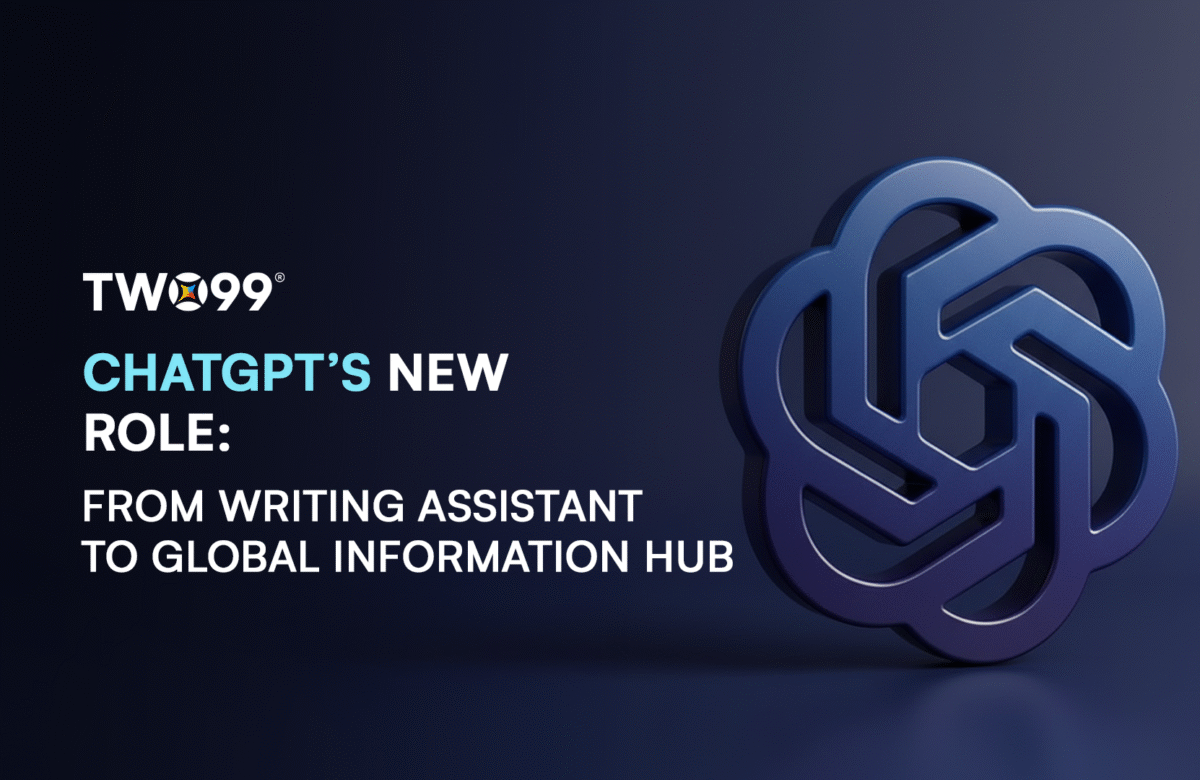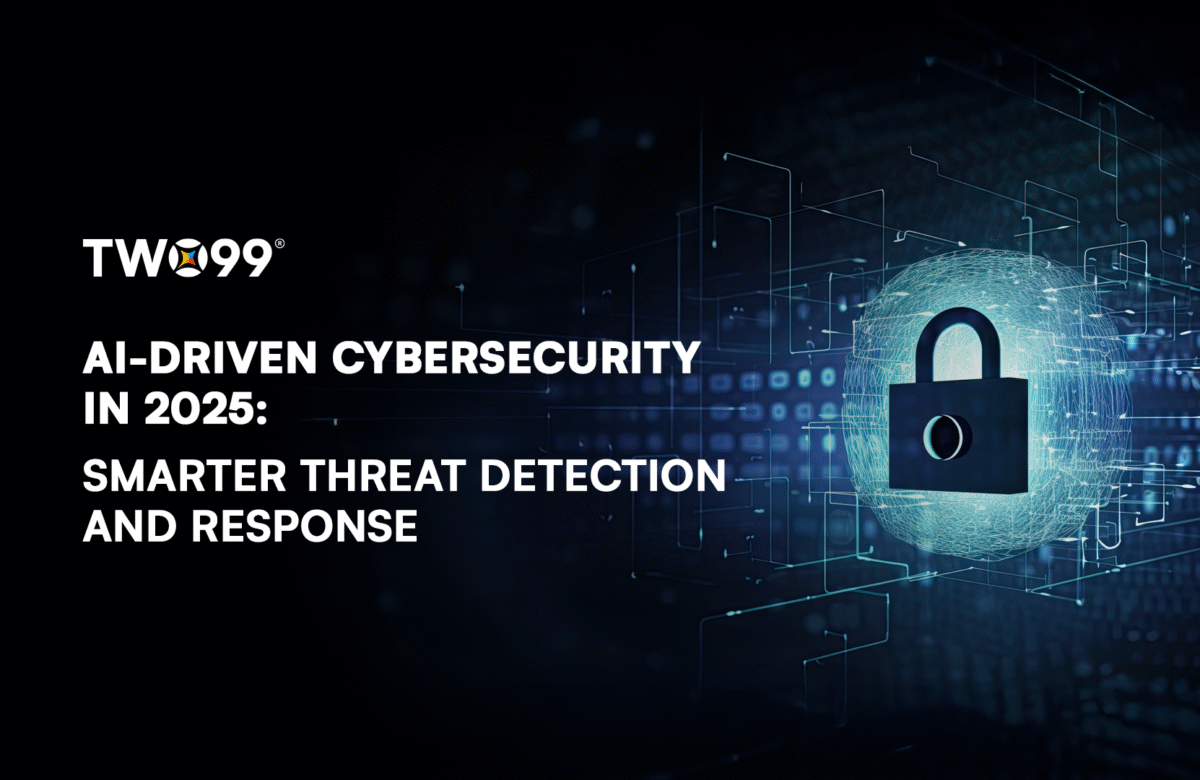In an era where cyber attacks are not only frequent but also alarmingly sophisticated, traditional cyber defenses are rapidly becoming ineffective. Businesses today face a barrage of threats ranging from ransomware and phishing to insider breaches and advanced persistent threats. The digital battlefield has changed, and so must the defenses that protect it.
To stay ahead, modern organizations are embracing AI driven cyber security solutions to fortify their digital infrastructure. By embedding artificial intelligence into the core of their security systems, companies can detect threats in real time, assess risk with greater precision, and respond faster and more effectively than ever before.
This shift from reactive defense strategies to proactive and predictive protection is not merely a technological upgrade. It has become a critical necessity. Artificial intelligence is now at the forefront of redefining how businesses approach cyber security threats and solutions, enabling smarter decision-making, intelligent automation, and strategic threat response.
The Limitations of Traditional Cyber Security Approaches
For decades, organizations have relied on perimeter-based defenses such as firewalls, antivirus software, and manual threat monitoring. While these tools served their purpose during earlier phases of digital evolution, they fall short in the face of today’s fast-evolving cyber threat landscape.
Modern attackers use automation, artificial intelligence, and complex tactics such as polymorphic malware and zero-day exploits to bypass conventional defenses. The rise of remote work, widespread cloud adoption, and interconnected Internet of Things (IoT) devices has significantly expanded the potential entry points for attackers. This new reality has made traditional methods of defense increasingly obsolete.
Manual monitoring, in particular, has become impractical. Human analysts alone cannot process the massive volume of data generated by today’s IT environments or keep up with the velocity of cyber attacks. As threats grow more dynamic, the need for intelligent, adaptive systems becomes more urgent.
How AI is Revolutionizing Cyber Security Solutions
Artificial intelligence brings a transformative approach to cyber security. Unlike traditional systems that operate based on static rules and predefined threat signatures, AI continuously learns from data, identifies evolving patterns, and adapts in real time to new attack vectors.
AI-powered cyber security solutions offer capabilities that fundamentally change how threats are managed. These systems can detect anomalies across vast streams of network traffic, identify zero-day vulnerabilities and previously unknown malware, analyze user behavior to uncover insider threats, and even automate response protocols to contain breaches instantly.
This technology allows organizations to move away from a reactive “find and fix” model and embrace a “predict and prevent” mindset. Rather than waiting for alerts after a breach has occurred, AI enables companies to anticipate threats and act before damage is done. This evolution dramatically reduces response time, minimizes operational disruption, and helps preserve organizational integrity.
Moving Toward Risk-Based Protection
At the center of this transformation is a move toward risk-based protection, an approach that prioritizes cyber threats based on their potential impact on the organization. Instead of treating all vulnerabilities equally, AI helps security teams evaluate which threats are most critical and allocate resources accordingly.
This methodology improves operational efficiency and ensures that mission-critical assets receive heightened protection. AI algorithms can analyze contextual information, such as asset value, exposure levels, and threat intelligence, to provide a comprehensive view of risk across the enterprise.
Additionally, AI enhances visibility across hybrid and multi-cloud environments, helping organizations understand how vulnerabilities are connected and how attacks may propagate through systems. In an age of complex digital infrastructure, this holistic view is essential for effective threat mitigation.
The Role of Cyber Security Managed Solutions
For many businesses, especially small and mid-sized enterprises, deploying and managing AI-driven security tools internally can be cost-prohibitive. To overcome these limitations, a growing number of organizations are turning to cyber security managed solutions to implement intelligent protection at scale.
Managed security service providers offer businesses access to cutting-edge tools, global threat intelligence, and skilled cyber experts without the burden of building an in-house security operation center. These services typically include continuous monitoring, AI-enhanced threat detection, incident response, endpoint protection, and compliance management.
By outsourcing security operations to trusted providers, companies gain peace of mind knowing their digital assets are protected by both human and machine intelligence. This model also offers scalability, allowing businesses to adapt to changing security needs without significant investment in infrastructure.
Addressing Today’s Cyber Security Problems and Solutions
The modern cyber threat landscape is unpredictable and constantly evolving. Organizations face a wide array of security challenges, including ransomware attacks, credential theft, phishing scams, insider threats, and vulnerabilities introduced through third-party vendors. These challenges are no longer isolated incidents, they are persistent risks that demand agile and intelligent defenses.
Artificial intelligence is well-equipped to address these modern challenges. It can detect phishing attempts by analyzing linguistic patterns and intent through natural language processing. It can monitor user behavior over time to identify anomalies that suggest compromised credentials. AI can also detect the early signs of ransomware by recognizing suspicious file encryption activities and block them before damage is done.
These are not theoretical solutions. They are practical, scalable, and actively in use across industries to combat real-world cyber security problems and solutions that are becoming more dangerous by the day.
A Smarter Future for Cyber Defense
As digital transformation continues to accelerate, the integration of AI into cyber security frameworks is no longer optional. Organizations that adopt intelligent, AI powered cyber security solutions are better positioned to mitigate risk, protect data integrity, and maintain operational resilience.
Whether deployed internally or accessed through cyber security managed solutions, the key advantage lies in leveraging machine intelligence to gain a strategic edge. In a digital ecosystem where threats are not just likely but inevitable, waiting to react is no longer sufficient. Anticipating, identifying, and neutralizing threats before they manifest has become the new standard of excellence in cyber defense.
Conclusion
Artificial intelligence is fundamentally reshaping the landscape of cyber security. By enabling real-time threat detection, data-driven risk prioritization, and automated response, AI is empowering businesses to stay ahead in a world where cyber threats are growing in scale and sophistication.
The integration of AI into cyber security solutions marks a pivotal shift in how organizations think about digital protection. In an environment where the cost of a breach can cripple business operations, adopting proactive, intelligent defenses is not just a forward-thinking strategy. It is a vital requirement for survival and growth in the digital age.




